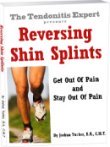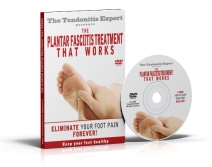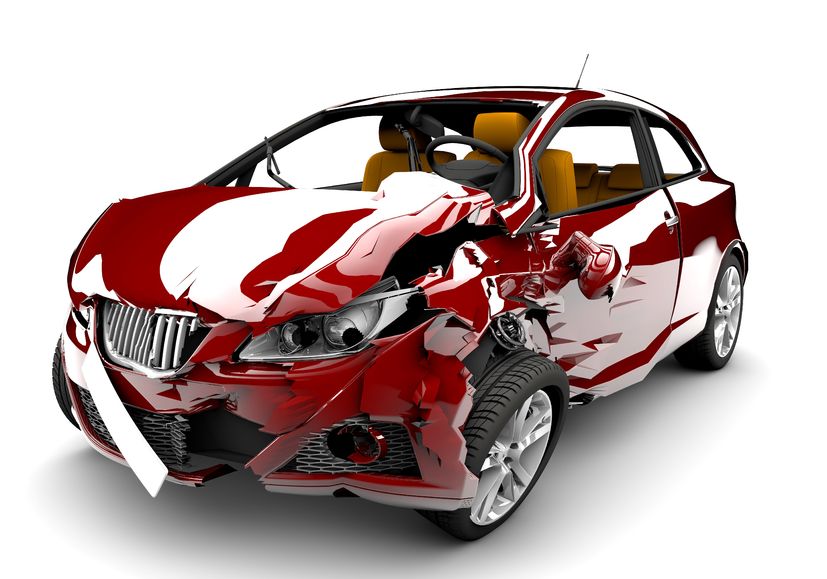Foot Pain After Running
If you experience foot pain after running, it is important to understand that the foot likely isn't the actual problem, it's more the symptom of a problem elsewhere.
Obviously if you get a stress fracture in your foot or 'turf toe', then that becomes it's own problem, but even that stress fracture is a symptom of the problem elsewhere.
Plantar fasctiitis is not actually a foot problem.
Heel pain is not a foot problem.
Heel bone spurs and bunions are not a foot problem.
All of those can develop whether you're a runner or not.
So if running foot pain isn't from a foot problem, what's the problem?
Feb 1st or sooner!

Why Do I Have Foot Pain After Running?
People that love to run love to run.
People that have to stop running because their feet hurt...they don't love that so much.
Everybody wants to fix their feet to they can run as much as they want again.
Unfortunately, they and their doctors focus on their feet (because it's their feet that hurt). And far too often, their foot pain doesn't go away...or at least, they still can't run as much as they want.
Question: Why do you have foot pain after running?
Answer: Because your feet aren't working correctly.
More Answer: Because the structures of your lower leg aren't working optimally, and your feet suffer because of it.
What Causes Foot Pain
After Running??
We stand, we walk, we run.
Sooner or later, we have some foot pain.
This can start as mild ache and/or stiffness when we get out of bed in the morning. Getting up and walking around and then the foot feels fine.
It can start as mild discomfort when running, that over time becomes more and more severe.
Or it can even start suddenly with an injury like a stress fracture, turf toe, or sprain/strain of a structure in the foot.
But that fracture, and/or that injury is just a symptom of a larger problem.
The cause of the vast majority of foot pain (we're not talking about gout, or stepping on a nail, too tight/compressive running shoes, or genetic problem, of course) is lack of function in the lower leg.
Why the lower leg and not the foot itself?
The job of muscles is to absorb force. To the extent they can't do that, that force still has to go somewhere.
Like a half squeezed sponge, if a muscle is too tight (meaning, some percentage of it's muscle fibers are firing) then it is less able to perform work and absorb force.
The muscles aren't 'weak'. If 50% of the muscle fibers are stuck firing, for instance, then A. the structure is already fatigued and tires easily, and B. there is only 50% squeeze potential left.
'Strengthening' isn't going to help, because strength isn't the issue.
Functionality is the issue.
Regardless of it's location Tendonitis is a dynamic of diminishing functionality.
See: What Is Tendonitis?
The major movers of the foot and toes are the muscles in the lower leg.
The minor movers are in the foot itself.
As the major movers get less and less functional, the minor movers get screwed....which tells the major movers to work even harder....but they can't..
Repeat, repeat, repeat. Pain kicks in, and then repeat even more. More pain. Repeat.
So when you're running, your foot impacts the ground. That impact results in 'force'.
To the extent the muscles of the lower leg don't absorb that force, that force goes to:
- foot bone(s), eventually resulting in stress fracture
- ligament and tendon, eventually resulting it rip/tear/sprain/strain
- plantar fascia and it's connections, resulting in plantar fascia tightness and pain
- toe joint, eventually resulting in bunion formation
- attachment of achilles tendon to heel, resulting in heel spur formation
So. You go for a run, force transfers someplace(s) it's not supposed to go, the brain doesn't like that, and it kicks in or dials up the Pain Causing Dynamic (see link below). Which basically means, things get tight to 'guard and protect'.
Unfortunately, that increased tightness decreases the amount of force that can be be absorbed, and you're stuck at square one.
And then you have foot pain after running, or during running, or even before starting to run.
Foot pain is a dynamic, and it's root cause is not in the foot.
Foot Muscles and
Foot Pain After Running
The big movers of the foot and toes are big muscles in the lower leg.
The foot itself does have small muscles in it. They are minor movers, but all the rules apply.
They get too tight. Connective tissue shrinkwraps them. Their ability to perform work and absorb force is diminished.
Same happens for the major movers in the lower leg.
The lack of upper leg function makes the small foot muscles work WAY to hard and they become dysfuncitonal.
This tells the lower leg muscles to work harder. They try but they can't, force doesn't get absorbed, the foot muscles take even more of a hit, which tells the lower leg muscles to work harder...
You can see why things get worse over time....quickly or slowly it's a decrease in function which causes an increase in negative factors.
The lower leg is the real problem. Like most podiatrists, doctors, and surgeons do, if you ignore the lower leg and focus only on the foot....your results are unlikely to be spectacular.
How To Get Rid Of
Foot Pain After Running
Regardless of the name of the foot problem...
- Plantar Fasciitis
- Heel Spur symptoms and formation of new bone
- Stress Fracture
- Turf Toe
- etc
One needs to deal with the underlying causes of the 'problem'.
Pain doesn't just show up for no reason. It always shows up for reasons.
When your doctor tells you that your foot problem is the cause of your foot problem....
How To Run Without Foot Pain
Correcting the foot pain after running dynamic is not a matter of 'how to run better'.
It's a matter of having your structures work correctly, then you WILL run better.
There are some things to know, and some things to do.
- Understand that the foot isn't the main source of the problem. Something is causing that 'tight plantar fascia', that 'toe joint pain', that 'heel pain', that 'ache and soreness', etc.
- Understand the Pain Causing Dynamic.
- Learn How To Reduce Inflammation Just that will lower pain levels. It's not a fix, but it is very effective at decreasing foot pain.
- Massage your lower leg structures. If it's tight or painful, then it's not working very well.
There are also nutritional elements in play that must be dealt with, and 'massage your lower leg structures' while entirely accurate, is admittedly a bit broad.
For the complete plan of attack, I recommend the:
- Reversing Achilles Tendonitis program, which is all about getting the lower leg fuctional, or
- The Plantar Fasciitis Treatment That Works program, which deals with lower leg and the foot as well.
Return to the top of this Foot Pain After Running page.
Go to the www.TendonitisExpert.com homepage.
| Share Your Story
|




